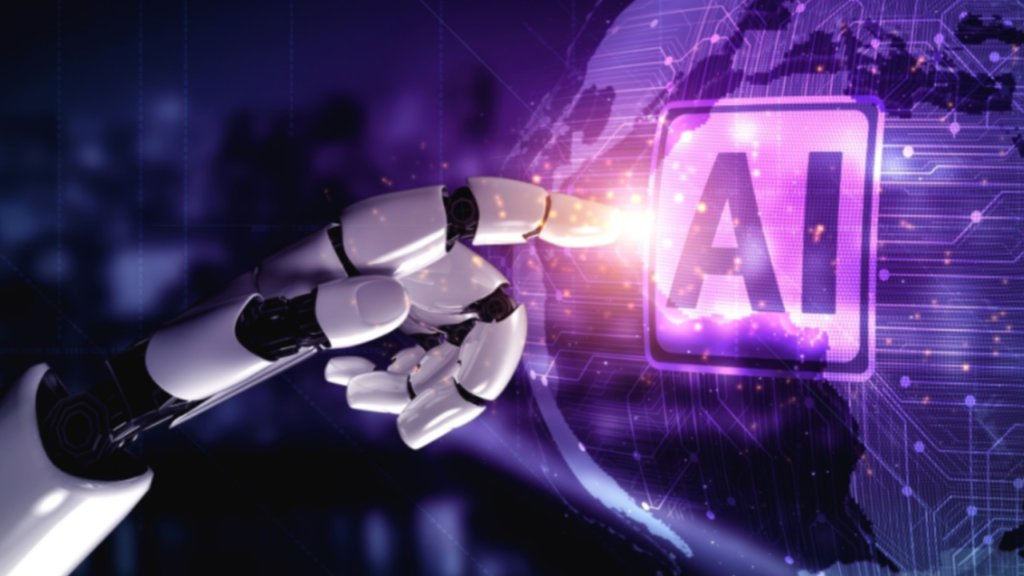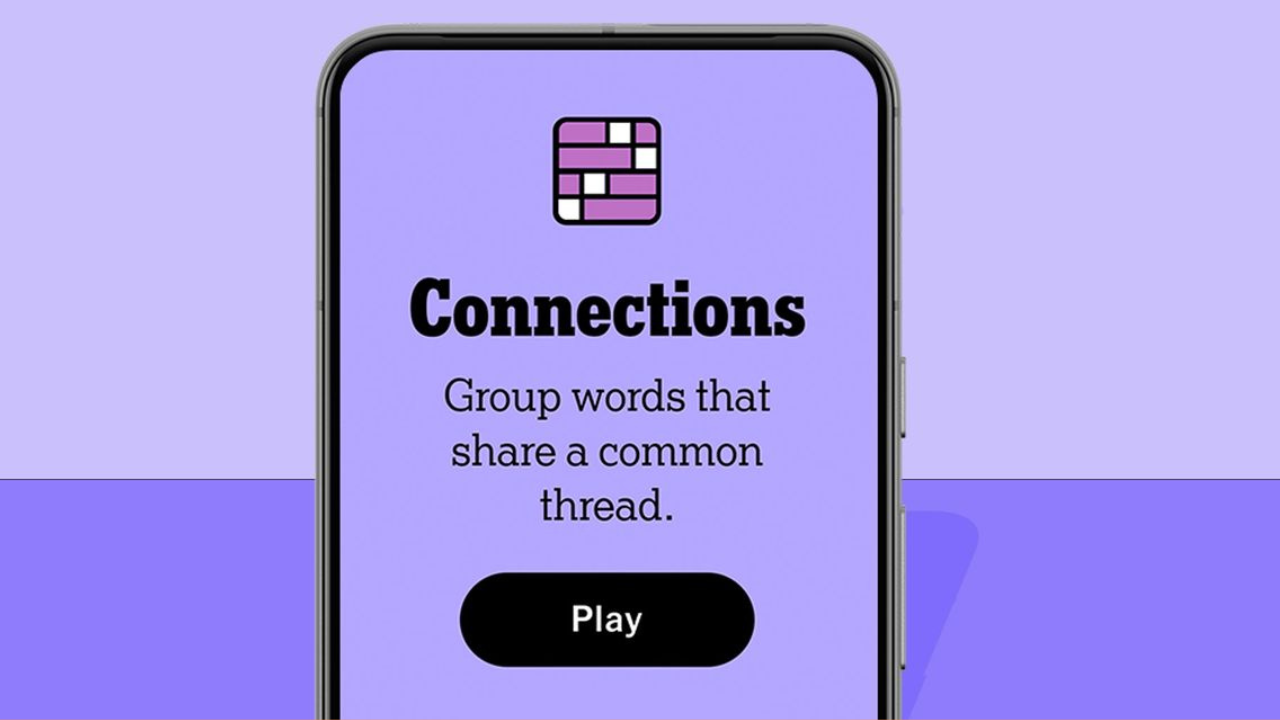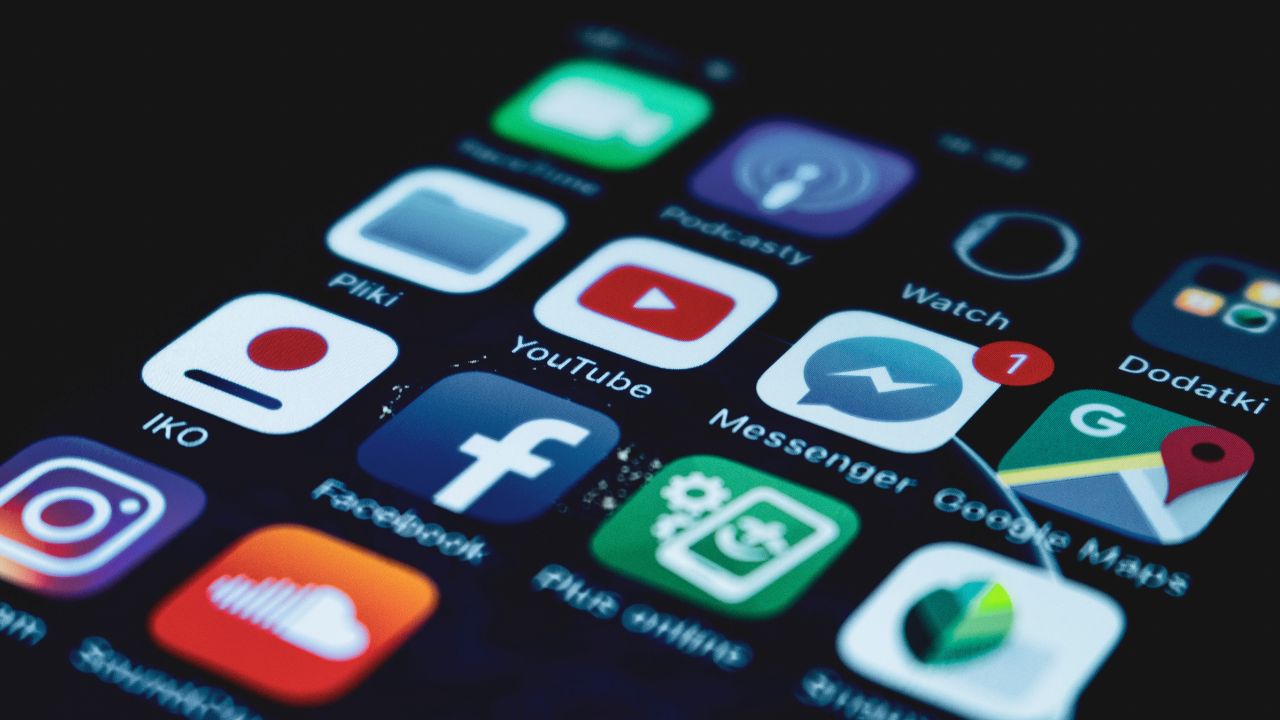As AI continues to revolutionize how we create and consume content, a significant shift is occurring: many of the best AI content generators and chatbots are transitioning to subscription-based models. This isn’t a mere coincidence; it’s a reflection of the complex relationship between AI companies and the content they use to train these systems.
Most of these AI systems, which rely on vast datasets of existing content, including articles, images, and videos, are now charging users for access. Major AI companies like OpenAI are starting to broker deals with media companies to address concerns about content scraping and the ethical training of their models. Yet, the AI landscape remains unpredictable, especially for visual artists, who often find their work reused without compensation. New AI systems like Ideogram are emerging, and it’s evident that these companies have no qualms about utilizing intellectual property without paying the rightful owners—be it Superman, Mickey Mouse, or other iconic characters.
The rise of AI content generators has significant implications for content creators across various platforms. For instance, reports suggest that Apple, Nvidia, and Anthropic have trained their AI models on thousands of YouTube videos without compensating the creators. Having been a YouTube creator, I understand the importance of video plays and ad revenue for sustaining a livelihood. Although generative AI systems don’t directly copy content, their output often mirrors the training material, raising ethical questions about the origins of AI-generated content.
Creating and training high-quality AI content generators is both expensive and time-consuming. A recent report from the Washington Post revealed that Amazon spent a year training its latest Alexa AI update. These costs are likely to be passed on to consumers, with subscription plans potentially being introduced for services that were once free.
Unlike earlier AI tools, which were often launched as free services, the new Alexa AI may come with a subscription model from the start. It’s unclear whether existing Amazon Prime members will receive some form of Alexa AI for free, but I, for one, wouldn’t pay an additional $10 per month for access to a smarter assistant if it’s not included in my existing subscription. Similarly, other tech giants like Samsung and Apple are exploring the idea of charging for their AI services in the future, signaling a broader trend toward monetizing AI access.
The AI industry seems to have learned a valuable lesson that the print media industry missed in the early days of the internet: you can’t sustain a business by giving away your core products for free. When the internet first became widespread, it was an ad-free, open space. Media companies relied on ad revenue to replace subscription fees, but as display ads lost their effectiveness, these companies struggled financially. Eventually, many turned to paywalls and other revenue streams like e-commerce.
AI content generators had a brief period of being freely accessible to all, but this is rapidly changing. The future of AI is increasingly becoming one where access is restricted to those who can pay.
While the early internet was eventually accessible to the majority, AI might follow a different path. With the world’s largest tech companies heavily invested in developing advanced AI, the future landscape may see tiered access to the most sophisticated tools and services. This could create a new digital divide, where only those who can afford it will benefit from the full capabilities of AI.
However, unlike the internet, AI’s foundation is built on the content and creativity of others, many of whom remain uncompensated. This imbalance could persist until the creators of AI systems find a way to fairly compensate those whose work contributed to the AI revolution.




















